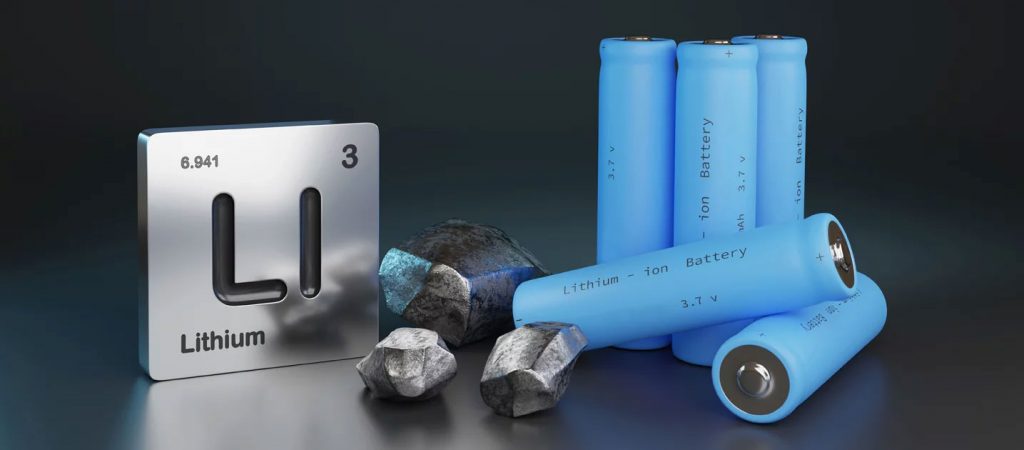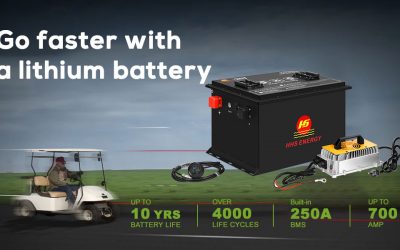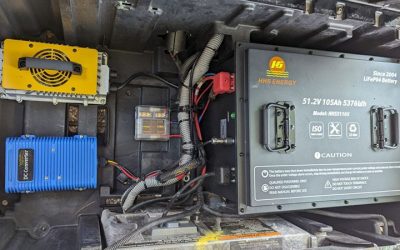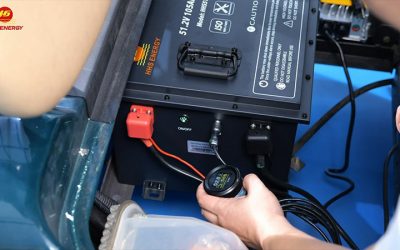What are the disadvantages of a sodium-ion battery?

The Disadvantages of Sodium-Ion Batteries: A 2025 Analysis with Battery Comparison Chart
As the global demand for energy storage grows, sodium-ion (Na-ion) batteries have emerged as a promising alternative to lithium-ion batteries. Their appeal lies in sodium’s abundance, low cost, and environmental friendliness. However, while sodium-ion technology is advancing, it still faces significant disadvantages that limit its current competitiveness in the battery market.
1. Lower Energy Density
Sodium-ion batteries generally have a lower energy density than lithium-based batteries due to the larger atomic radius and heavier mass of sodium ions. This results in lower capacity per unit weight or volume, making sodium-ion less suitable for high-energy-demand applications like electric vehicles and compact electronics.
2. Larger and Heavier Battery Packs
Because of their lower energy density, sodium-ion batteries need to be physically larger or heavier to deliver the same performance. This can limit their use in space-constrained applications where weight and size are critical design factors, such as drones, e-bikes, and mobile devices.
3. Shorter Cycle Life
Although sodium-ion batteries can achieve moderate cycle life (typically 1,000–2,000 cycles), they generally fall short when compared to lithium iron phosphate (LiFePO₄) or lithium titanate (LTO) batteries, which can exceed 5,000–10,000 cycles. This makes sodium-ion less attractive for long-term investments in industrial or solar storage systems.
4. Lower Operating Voltage
Sodium-ion batteries operate at a voltage of approximately 2.3–3.0V, compared to 3.2–3.8V in lithium-based chemistries. This lower voltage reduces energy output and requires more cells in series to match the performance of other technologies, adding complexity and cost to battery management systems.
5. Material and Structural Limitations
Unlike lithium, sodium ions do not intercalate well into common graphite anodes. This limits the range of compatible electrode materials, requiring the development of new anode chemistries like hard carbon. These materials are still being optimized and have yet to achieve the maturity and performance of lithium counterparts.
6. Temperature Performance Issues
Sodium-ion batteries typically exhibit poorer performance at low temperatures. The ionic conductivity of sodium electrolytes drops more sharply in cold conditions, reducing efficiency and reliability for users in colder climates.
7. Immature Supply Chain
While lithium battery production has a robust global supply chain, sodium-ion infrastructure is still in its infancy. There are limited manufacturers, fewer standardized designs, and higher costs per unit at low production volumes—despite the cheaper raw materials.
8. Limited Commercial Availability
Only a few companies—like CATL and Faradion—currently offer sodium-ion products at scale. Most applications remain in the research or pilot stages, with limited real-world validation and no established ecosystem for mass deployment in EVs or consumer electronics.
🔋 Comparative Battery Technology Chart (2025)
| Parameter | Sodium-Ion | LiFePO₄ | Li-Polymer | LTO (Titanate) |
|---|---|---|---|---|
| Energy Density (Wh/kg) | 100–160 | 120–160 | 150–250 | 70–90 |
| Cycle Life (Full Cycles) | 1,000–2,000 | 2,000–6,000 | 500–1,000 | 5,000–10,000 |
| Nominal Voltage (V) | 2.3–3.0 | 3.2 | 3.7–3.8 | 2.4 |
| Operating Temperature | Average | Good | Poor | Excellent |
| Charge Speed | Moderate | Fast | Moderate | Very Fast |
| Safety | High | Very High | Medium | Extremely High |
| Cost (per Wh) | Low | Medium | High | High |
| Commercial Maturity | Emerging | Mature | Mature | Niche |
| Typical Applications | Stationary storage, e-scooters | EVs, solar storage, power tools | Drones, smartphones | Buses, industrial, UPS |
Conclusion
Sodium-ion batteries present a promising future for low-cost, large-scale energy storage, especially in applications where weight and size are not critical. However, as of 2025, they still face several technological and commercial challenges—most notably in energy density, performance consistency, and market readiness. For now, lithium-based batteries continue to dominate in most performance-sensitive sectors, though sodium’s potential should not be underestimated as research and manufacturing scale up in the coming years.






